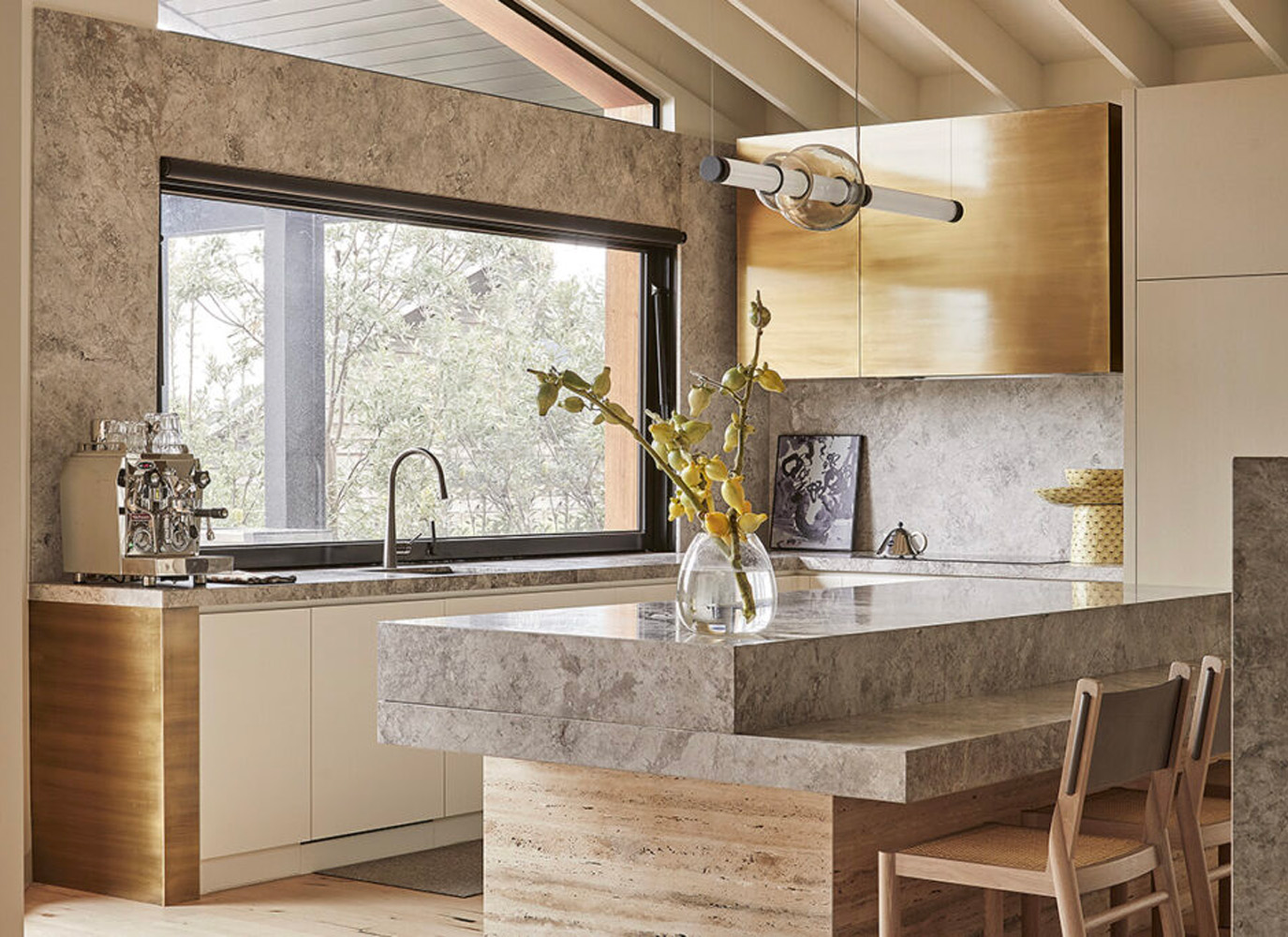In the evolving landscape of contemporary architecture and interior design, limestone slabs have emerged as a defining element in modern living spaces. Celebrated for their timeless beauty and versatility, limestone introduces both subtle elegance and structural integrity to homes. Its soft, earthy tones ranging from pale creams to rich honey hues create a serene palette that blends effortlessly with modern aesthetics. Whether used for flooring, wall cladding, kitchen islands, or statement fireplaces, limestone slabs contribute a grounded, natural sophistication that enhances both form and function. One of the key reason’s limestone slabs have gained popularity in modern design is their ability to unify interior and exterior environments. Architects and designers often use large-format slabs to create seamless transitions between indoor living areas and outdoor patios or pool decks, fostering a sense of openness and continuity. This approach not only maximizes visual impact but also reinforces the contemporary ideal of blending built environments with nature.

The inherent durability of limestone slabs makes it a practical choice for such applications, as it withstands wear while aging gracefully over time. Limestone’s versatility extends beyond aesthetics; it is also a sustainable building material. Formed naturally over millions of years, limestone is abundant and can be locally sourced in many regions, reducing the environmental impact of transportation. Its thermal mass properties contribute to energy efficiency by helping to regulate indoor temperatures. In climates with fluctuating temperatures, limestone absorbs heat during the day and releases it slowly at night, which can reduce the need for artificial heating and cooling. This makes it an appealing choice for homeowners and developers aiming to combine luxury with environmental responsibility. In minimalist interiors, limestone slabs provide an understated backdrop that allows other design elements such as furnishings, art, and lighting to take center stage. The organic patterns and subtle texture of the stone bring visual interest without overwhelming the space.
Designers often opt for honed or matte finishes to preserve the stone’s natural appearance and ensure it aligns with the subdued, tactile quality sought in modern living. When paired with wood, metal, or glass, limestone fosters a balanced and harmonious material palette that feels both contemporary and inviting. Beyond residential settings, limestone is increasingly seen in commercial and hospitality spaces seeking to evoke calm, luxury, and timelessness. Hotels, spas, and retail environments utilize limestone’s soothing presence to create atmospheres of refinement and comfort. Its tactile nature invites touch, and its muted elegance speaks of longevity and permanence qualities highly valued in spaces meant to make lasting impressions. Overall, the use of limestone slabs in modern living is more than a design trend; it is a reflection of a broader shift toward natural materials that ground us in a fast-paced digital world. With its enduring beauty, sustainable benefits, and architectural flexibility, limestone continues to elevate the experience of contemporary spaces, marrying ancient origins with modern sensibilities.

